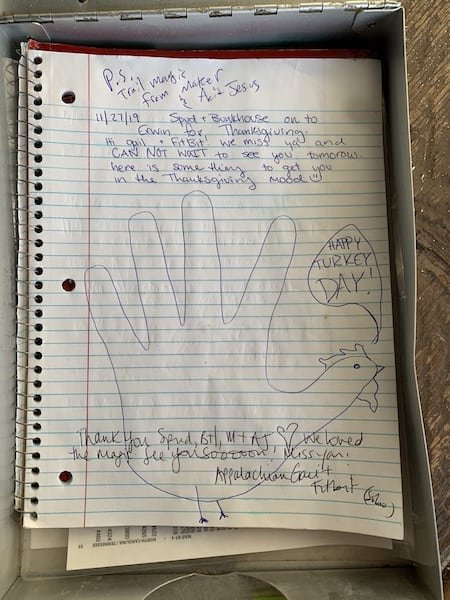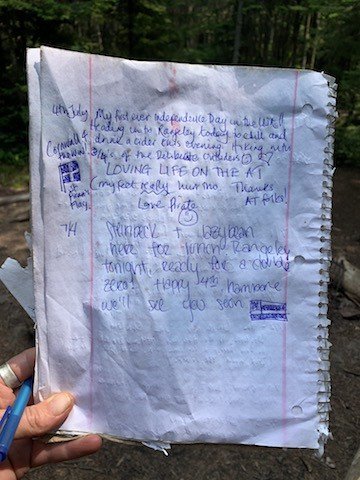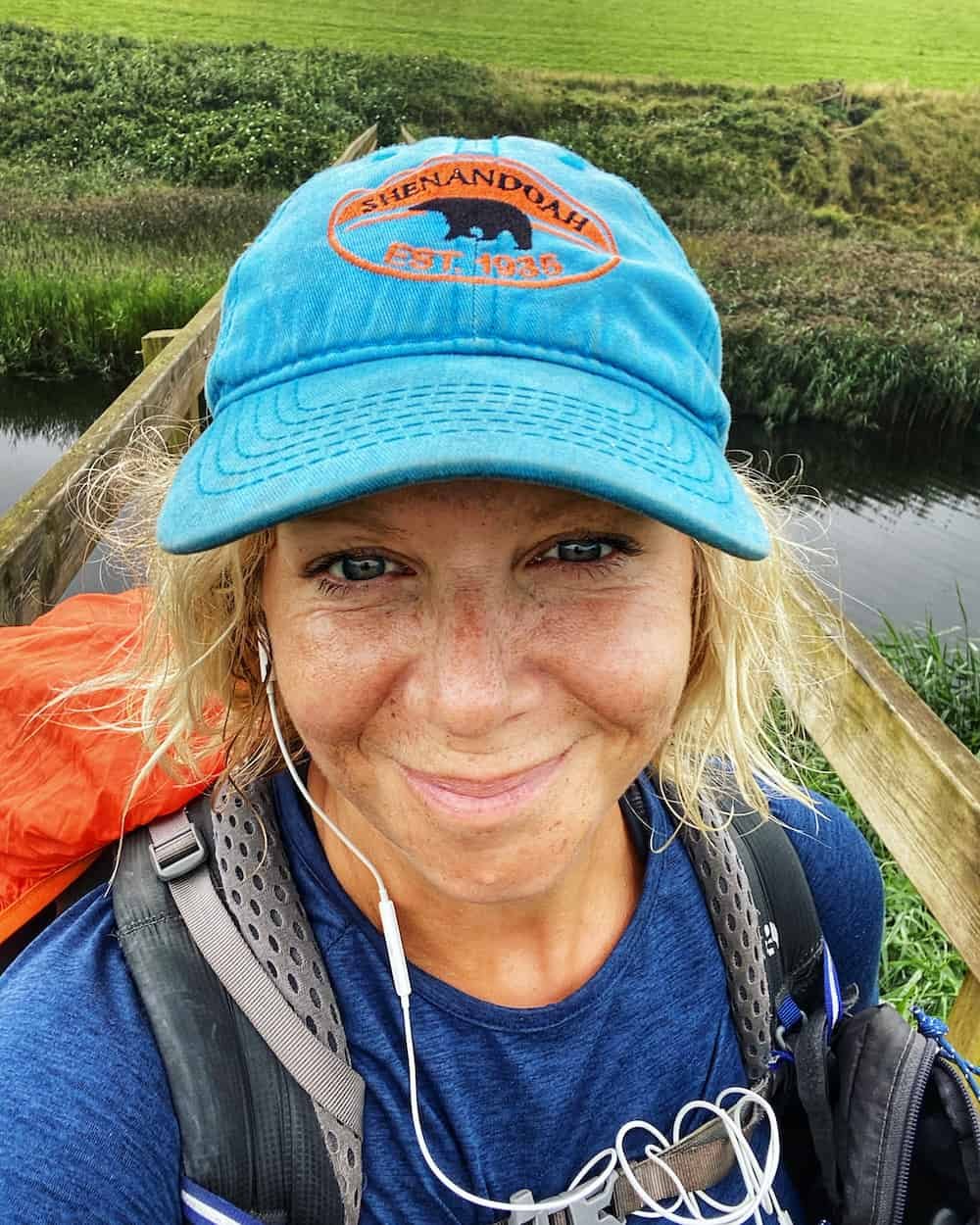Ever Wonder How To Stay Safe On Trail? Here Are My Top Tips.
Lockdowns are easing and more of us are heading into the great outdoors than ever before. This is fantastic and I am excitedly already beginning this year’s trails. I hope you are too! However, I in my excitement I am still reminded of a low-level frustration I experience. As a woman hiking solo, I have rein myself in from some casual freedoms in my plans in order to consider my personal safety. I need to figure out how to stay safe.
My frustration isn't because I desire to be reckless. It's because some hiking demographics (read: usually women) need to be more aware of their personal safety than others (read: usually men). We should all be using best practice for safety on trails and hikes, that's true enough. However there's no getting away from the much-discussed topic of women needing to be extra thoughtful about keeping themselves safe.
What Do Women On Trails Face?
There's a wide range of issues. Most of us have been asked on trails where our boyfriends are, or if our Dad thinks it's ok for us to be out in the woods alone. That's not all though. From online trolls in hiking groups to creepy dudes who don’t know that "No thank you, I don’t want to hike/camp/drink with you" means a hard no, there’s a whole gamut of balls to dodge out there. No pun intended.
This can feel like it stifles and suppresses our freedom in the outdoors or sharing our experiences in real-time online, but it doesn’t have to. There are many more women hiking the trails alone these days, badasses all, but probably each with similar root fears at some point in their hiking career and ways to overcome them. I’m a solo female hiker, and although I made many wonderful friends to hike and camp with along the AT, I was, at root, alone. Also - I’m not here to scaremonger or man-bash; there are loads of different ways people can be assholes regardless of gender or sex.

But Why Worry?

I’m here to share what I've learned from my time outdoors. I actually had a safe and wonderful time on the trails I've hiked. I've met incredible people. This will be 99.9% of other people’s experience too, but it doesn’t hurt to be informed. The statistics about the safety of the Appalachian Trail were much discussed in 2019 the year I hiked, after the senseless murder and attack of hikers in Virginia.
It was clear though, that aside from these extremely rare events we know that we are safe on trail in comparison with the real world. I’m not talking about the kind of safety such as keeping dry in bad weather. That’s for another post. This is about keeping your wits about you and minimizing fears of the occasional loose-cannon having the chance to make contact with you, hassle you, or otherwise upset your apple cart.
A Little Bit Of Background
My own life experiences mean that I am a little hypervigilant about certain aspects of my safety. I've experienced some trauma that meant when I planned my SOBO Appalachian Trail last year I was perhaps worrying more than others. It didn’t help that before I left the UK to come out to the trail there had been the aforementioned attack, or that a male AT NOBO hiker I was following on IG had sent me aggressive, unsolicited d*ick pics and sexual videos. (Side note: He was later unmasked as a serial online stalker and chased off the socials by a group of incredible hikers who doxxed him and discovered, among other things, that he was raising
money for himself via a fake charity using GoFundMe.They eventually got the authorities to force him to give all the money and gear back.) These incidents flared my anxieties, and I realized that the only way to calm them was to take a more dispassionate and organized approach to keeping safe, while being realistic about what was likely to happen, or not happen. Right. Let’s get to it. Below are a collection of tips that I found useful to know before I set off. You might not need any of them, that’s cool; hike your own, etc. But if you don’t use them yourself, you just might meet someone like me who could do with hearing them.
Safety and Hitchhiking


You will likely need to hitchhike during the course of a long trail thru. Towns are not always easily accessible on foot, and in all weather you’ll find yourself on the side of a road hoping for a ride. Hitchhiking can be safe, fun, and super helpful, especially if you’re with a few others. I loved it in a pair or group, but it took me quite a while to hitch alone. In the end it was dictated by circumstance rather than choice. So, when it happened I made sure to consider all the advice I’d been given to stay safe. Here are some of the top tips:
Ultimately I didn’t need to use many of the tips above. The reality is that there are far more good-than-bad eggs out there, but it’s still wise to have a backup plan and a system for feeling safe.
Stay Safe: Location and Your Social Media
When I was hiking the AT I was keen to regularly update my IG, Facebook, and YouTube but I wasn’t sure how to do so because I was alone a lot of the time and after the d*ck pics and sketchy vids I’d received, I wasn’t too keen to let people know exactly where I was when I was alone and in unfamiliar surroundings. So I delayed my updates by a day or two, posting awhile after the fact. Now, for me this was really frustrating for a number of reasons.
Yes, it meant that I wasn’t broadcasting where I was sleeping, alone on a trail, to an open public forum. But it also really interrupted my ability to write, post, and update friends, family, and followers in a coherent way. I also missed followers and trail angels who were checking in on my posts to see if I was close by so they could come and say hi or give some magic. I often received messages when I posted about being in a location, only to have to tell people I was two or three days past it already. Very annoying.
I think if you’re reliably hiking with people then perhaps real-time posting is something that’s less of a worry. I know that for my next hike I’m going to try to live post more, rather than trying to live in the moment on my hike but be living two days ago in my online comms!

So, in short:
Stay Safe: Trail Names and Log Books



These are two joyful, wonderful things. Trail names speak for themselves---wild and wonderful monikers that get assigned to you and that identify you for the hike. No rules, of course. Choose your own if you like, but many people get given them for quirks and funny incidents. Log books are where people write the date (and sometimes time) they came through a shelter. They might say why they were there, and where they might be heading next. They add jokes, ongoing stories from past logbooks, and intel about places they’ve been or places they’ve heard about ahead. You feel like you know people who are ahead of you even if you never meet them; it’s a beautiful thing. But, if you’re not feeling confident about hiking alone and want to maximize your safety, even if just until you’re used to being on trail, consider:
Stay Safe: Meeting People On The Trail



You’ll meet all sorts. Day hikers, thru-hikers going in the other direction, section hikers, and locals walking their dogs. You’ll also meet some drifters and lost souls. Most all people will be awesome, friendly, and often interested. But you don’t have to get into deep chats with people if you don’t want to. You don’t have to hike with anyone you don’t want to, and you definitely don’t have to camp anywhere that you don't feel safe.
Now Go Have The Time Of Your Life!

Ultimately I've had an incredibly safe, wonderful time whilst hiking. I pushed through lots of the fears that led me to need to know about the tips above. I am now more experienced, resilient, and able to make better choices than I would have at the beginning.
None of us are immune from a one-in-a-million chance encounter with a bad human or one with bad intent, but they are very rare. The trail community is strong, kind, overwhelmingly generous, and very aware of the things hikers face.
I had a ball, but it didn’t do me any harm at all to have strategies in my head to give me the courage to start strong.
So, if you’re about to take on a trip outside of your comfort zone and do the trail alone, then I hope some these tips can help give you self-assurance as you go and crush it.
You're going to have a wonderful time. G x

